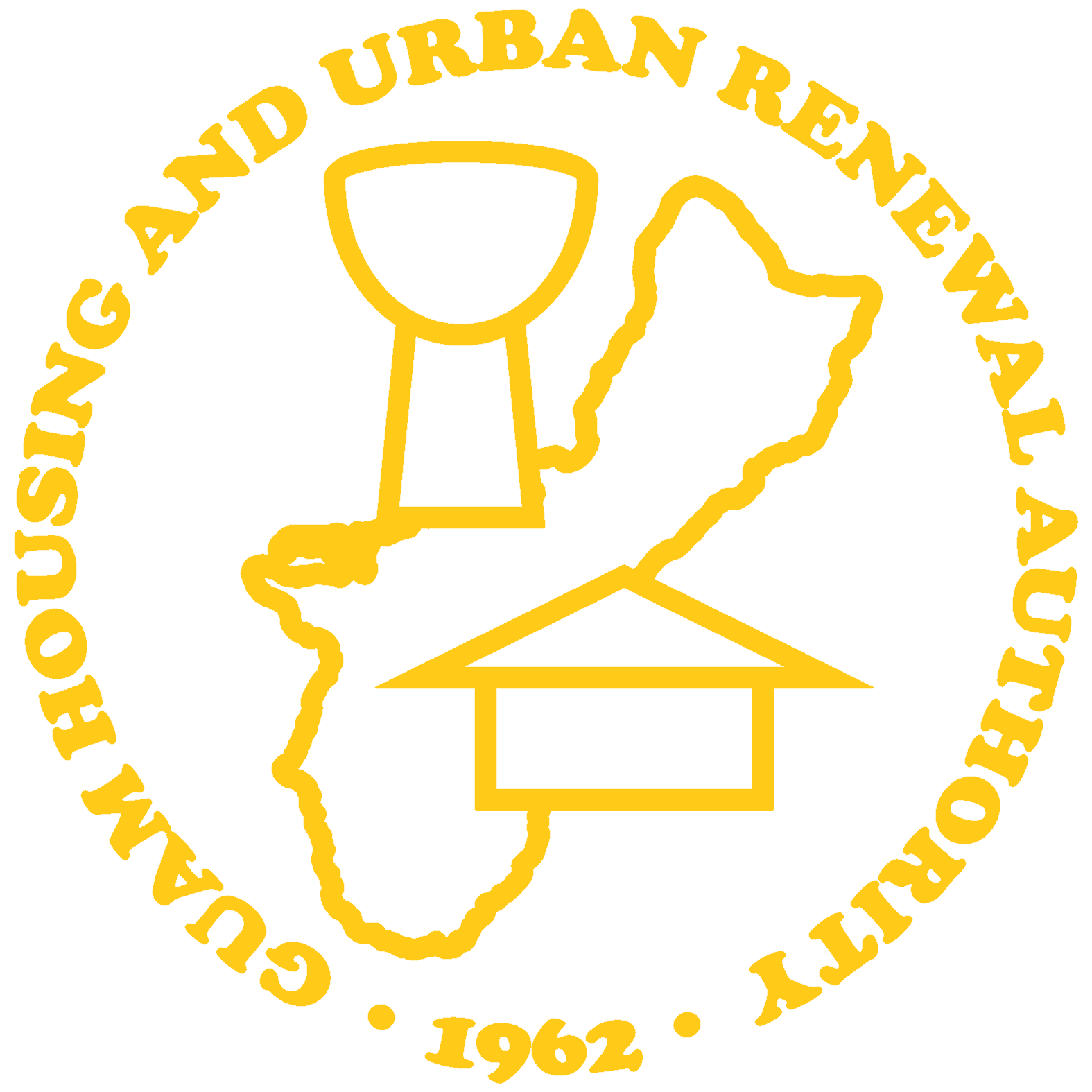Summary:
The Government of Guam is the recipient of HUD Funds. GHURA is designated by the Governor of Guam to administer these HUD funds on Guam’s behalf. Guam receives funds annually for three separate grants, this section will briefly address Community Development Block Grant (CDBG) activities and application process.The Community Development Block Grant (CDBG) Program supports community development activities to build stronger and more resilient communities. To support community development, activities are identified through ongoing processes, Guam’s goals are identified through Guam’s 5-year Consolidate Plan or its Annual Action Plan. Activities may address needs such as infrastructure, economic development projects, public facilities installation, community centers, housing rehabilitation, public services, clearance/acquisition, microenterprise assistance, code enforcement, homeowner assistance, etc.
Eligible Applicants:
The CDBG funds are generally available to organizations who engage in activities to support housing by strengthening communities through facilities and services.
National Objective:
The CDBG program requires that all grant funds must meet a national objective.
The national objectives are:
- Benefit Low-and Moderate-income Individuals or Households
There are four ways an activity can satisfy the LMI national objective, through: (1) Area Benefit: The area benefit would be if your activity is intended to benefit a group of people over a particular area where at least 51 percent of the residents are low-mod income individuals or households. The Area Benefit can be met by either qualifying: An entire village population, or identifying a census tract or block group or Combining multiple census tracts or block groups meeting the 51% low-mod population would be verified using the 2010 census. (2) Limited Clientele: Benefit to clientele who are presumed to be principally LMI (ex: homeless, elderly, or severely disabled adults); Requires information that demonstrates 51% of participants are LMI; Participation limited to LMI only; Nature and location indicate activity’s clientele will primarily be LMI persons; DATA. (3) Housing and (4) Jobs; At this time we will not be accepting applications for the Housing or Jobs categories under CDBG.
- Elimination of slum and blight
Guam does not have any areas officially identified as a slum and blighted area
- Urgent Need
To qualify as an urgent need the need would be a result of an emergency
Eligible Program Activities:
- Acquisition of Real Property
- Public Facilities & Improvements
- Public Service
- Rehabilitation
- Code Enforcement
- Special Economic Development Activities
- Micro- Enterprise Assistance
2022 Note: For this specific Program Year 2022; GHURA will not be accepting Public Facilities & Infrastructure applications. GHURA has identified that funding for PFI activities during this program year will be prioritized for on-going construction projects in need of additional funding to reach completion.
Application:
PY2025 CDBG PS LIVE Application Link
PY2025 CDBG Applicant Certification and Assurances & Certs
Technical Guidance:
The regulations created by the Office of the Assistant Secretary of Community Planning and Development that pertain to Community Development programs are contained within Part 570 - Community Development Block Grants. Additional information about the CDBG program can be found by visiting the CDBG program web pages at the HUD Exchange website.
Topic: PY2025 TA CDBG Public Service Workshop
Time: Monday, April 7, 2025 10:00 AM - 12:00 NOON
Location: Central Arts Hall, Sinajana Mayor Office Complex



